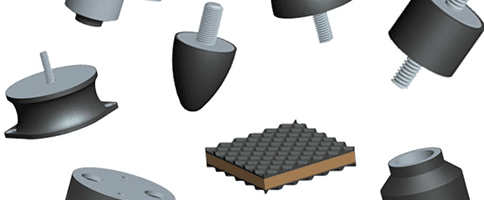Where Rubber Comes From
Where Rubber Comes From A majority of the people you talk to would be shocked if you were to tell them where rubber comes from. Natural rubber actually comes from a tree known as Hevea brasiliensis. Hevea brasiliensis originated in Brazil but, now the tree can be found in many countries near the equator such […]













